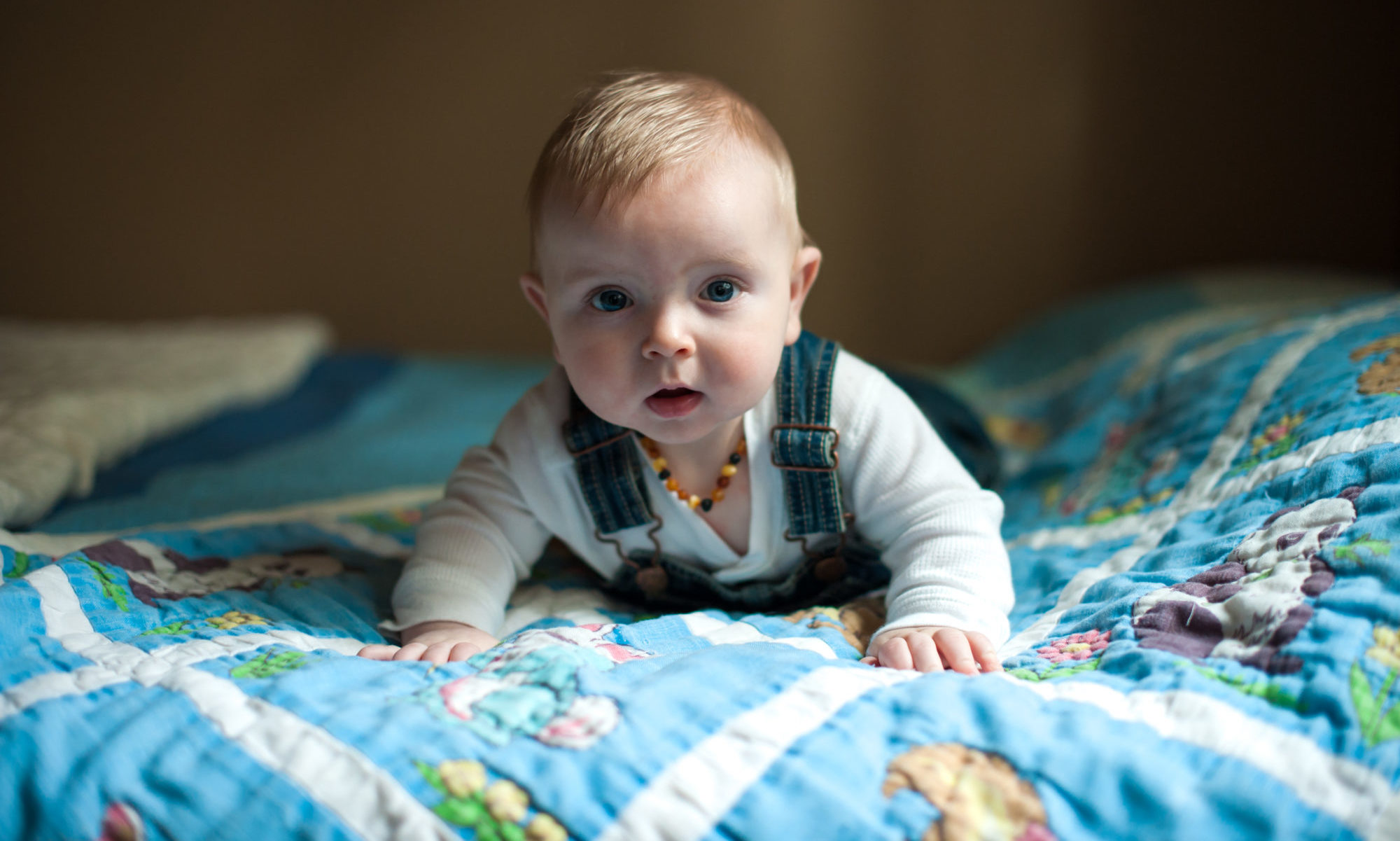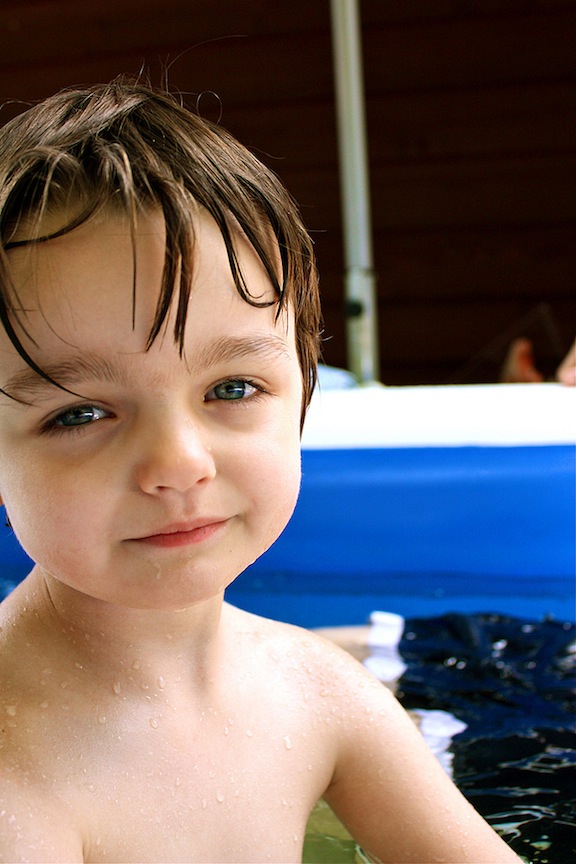This morning we made it all the way to the car with everything we needed for the day but for some reason when I suggested that my daughter hand me her lunch box so that she could climb into the car, she freaked. After some tears and some pushing me away and something garbled that I couldn’t quite understand, I did get her to agree to let me lift her into the car seat (which she usually HATES) so that she could hold on to her lunch box the entire time. She cried for a while in the car on the way to school. It wasn’t a complete meltdown, but it reminded me how confusing it is when kids get upset and we don’t know why.
Their emotions are so big sometimes and it’s hard to understand exactly why they’re freaking out.
I think that tantrums are some of the most frustrating, upsetting, and confusing experiences we have with our kids. It’s mind boggling to see how out of control they can become over such seemingly meaningless stuff like whether or not they got to have one more bedtime story. Kids can work themselves up into a frenzy over things that appear to us to be completely mundane and innocuous.
Holding space for big feelings is something I’m passionate about, probably because I wanted someone to do the same for me as a kid. In fact, I love it when my husband, friends, and family members hold space for my big feelings now. It’s a huge gift to be invited to fully feel without being silenced, judged, or convinced out of my anger or sorrow. So I’ve developed five steps to holding space for a tantrum that will leave you feeling more peaceful and connected to your child at the end of a meltdown than you did before it began.
Step 1: Remember it’s not about the blue cup
The reasons for a tantrum can be a varied as the people having the tantrum are but remembering that tantrums are usually NOT about the purported upset and are actually often an excuse to release the tension of the day can help you to remain calm and centered as you hold space for your child.
Some common causes of tantrums are: over-tiredness, hunger, social conflict, and unmet needs for autonomy. Remembering these can help you reflect on how to avoid tantrums in the future, rather than remaining stuck in the confusion of trying to understand why your child (who by now you might suspect is insane) is having such an overreaction to the fact that she got the red cup instead of the blue cup. Yes, the color of the cup really does matter to her. AND she’s using this as an opportunity to release pent up emotions, which is ultimately a good thing.
Step 2: Breathe and relax
Easier said than done when faced with a raging or weeping young person. But when we can relax and breathe deeply during a tantrum, we’re effectively managing our own emotions and helping our kids to regulate too. Mirror neurons in our brains cause us to automatically match the emotional energy of the people near us, that’s probably why laughter is so contagious and why we cry at sad movies.
The good news is that we can use these neurons to our advantage by choosing to remain peaceful during a child’s outburst. Kids are naturally inclined to return to a regulated state if they’re near someone else who is feeling peaceful. So take this opportunity to practice the meditation of equanimity, simply being with what’s so without judging it or pushing it away.
Step 3: Don’t take it personally
This is a tricky one, especially if your child likes to scream things like, “I hate you!” during a tantrum. But if you can remember that your child’s upset is more about his unmet needs and less about you or your actions, you may be able to see that having big feelings is just a normal part of life and it’s not your fault that your child is having a meltdown.
When we can stop taking our children’s big feelings personally, we can begin to offer empathy and compassion without needing to backpedal on the boundaries we’ve just set.
“I hear that you’re really upset and I understand that it’s hard to hear no. I love you and it’s OK to cry as much as you need to.”
Step 4: Celebrate your child’s release
I don’t know about you, but when I’m feeling tense a good cry feels great. I might not enjoy it during the crying (although sometimes I do) but I almost always feel MUCH better afterward. I like to imagine that the emotional system is similar to the digestive system. We take in stimulus, we use what we need for our wellbeing, and we’re left with waste products that need to be expelled. I see crying as one of those healthy waste products of our emotional system.
So the next time your child is having big feelings, try celebrating it. “Oh it feels so good to get that out of your body, huh?” By taking an attitude of celebration you’re doing two things, first you’re embracing your child just as he is, letting him know that you love him no matter what he’s feeling and second, you’re re-framing the experience as a positive one for both of you.
It’s good to let our feelings out and share them with our loved ones.
Remember, this is the foundation you’re building so that your teenager will eventually come to you with her problems, rather than completely relying on her friends for advice.
Step 5: Connect
Some kids like snuggles after a big cry, others want to be left alone or just have their back patted, still others might enjoy sitting quietly and reading a book together. By learning what your child likes after a big release, you can offer it and reconnect lovingly with your little sweetheart.
I’ve noticed that when my daughter is really upset, there’s a part of her tantrum where she needs space, and then toward the end, she comes over to me for a snuggle. It’s such a sweet and tender time of connection for us. I just hold her, rub her back, and remind her that it’s OK to cry until she gets all of her tears out. When she’s done, we usually have some hugs and kisses and then figure out the next fun game we’ll play.
By connecting after a big emotional release, we’re letting our kids know that their big feelings are completely OK, and not anything to be ashamed of or to hide away. For me, this is also healing, since I was afraid to share my big feelings and often chose to stuff or suppress my emotional experience as a child and young adult.
This is how I manage my own emotional state while holding space for kids who are having big, uncontrolled emotions. I hope it works for you too and I would love to hear about your own methods and practices about how you deal with tantrums. Please share your wisdom with the rest of us!
And have a lovely week, Shelly
Photo Credit: DIONNA RAEDEKE
Want more tools and tips on how to handle big feelings? Check out my audio program: Perspectives on Feelings


